10 Things Your Kids Can Learn On Your Disney Vacation (without realizing it!)
Featured Post
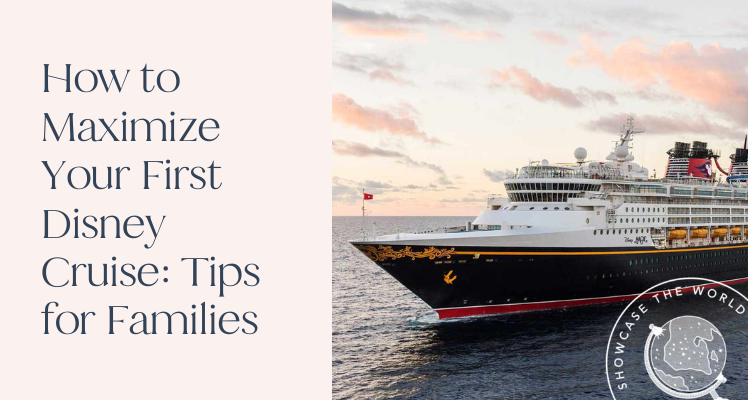
Categories
Walt disney world
ACCOMMODATIONS
DINING
TOURING
other theme parks
DISNEY LAND
Universal orlando
Family cruising
Disney cruise line
River cruising
cultural experiences
ADVENTURES BY DISNEY
relaxing beach destinations
everything else
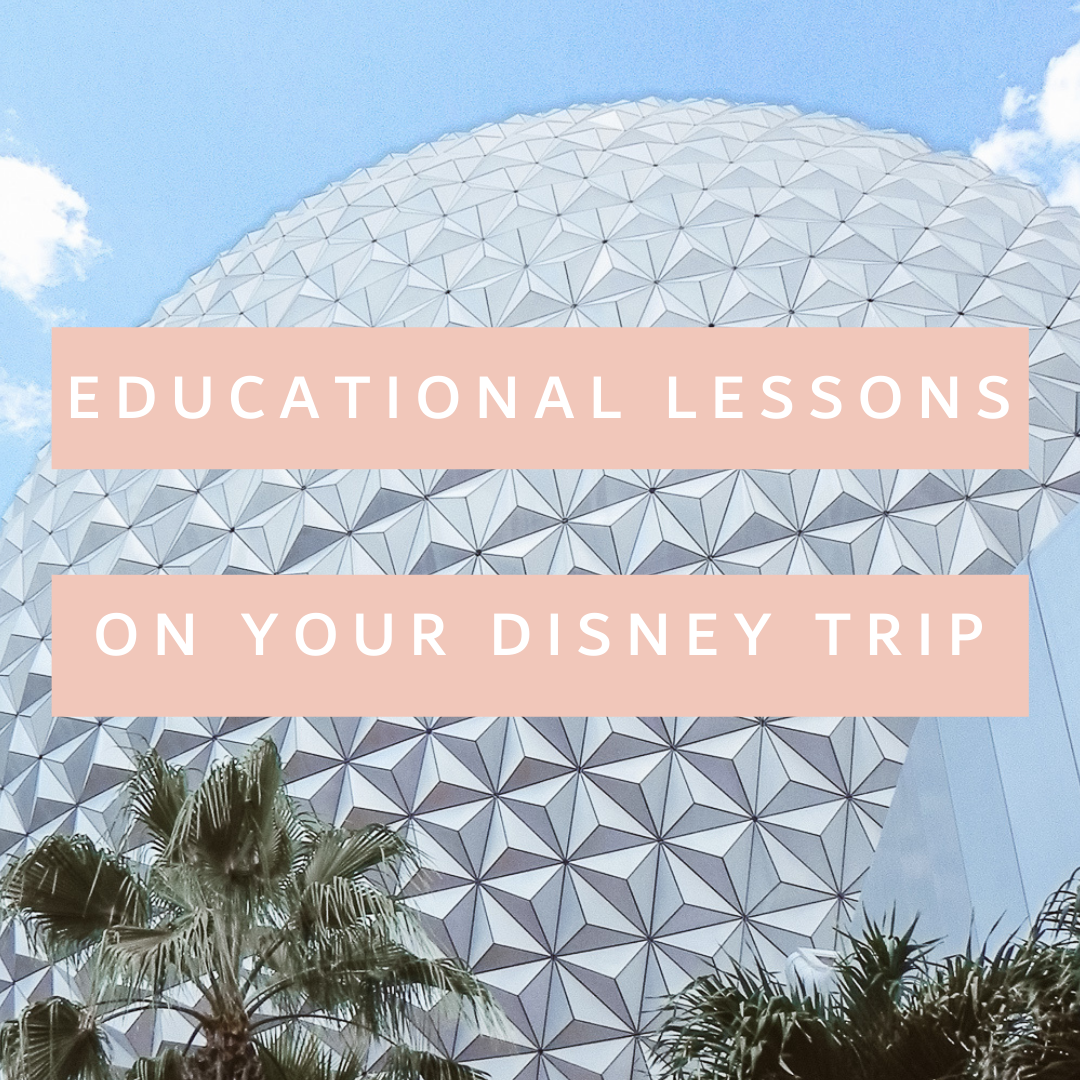
No matter what your school district decided for the 2020/2021 school year we all know it is not what we hoped for our children. This past year we have missed out on vacations, celebrations and life in general. You might want to reschedule your missed 2020 Disney trip but don’t know what to expect at Disney now. Maybe you want to plan a new trip to make up for a year filled with disappointments but you are justifiably concerned about pulling your kids out of school after everything they have already missed.
The good news is that if your school district has gone fully remote, you can learn from anywhere. You could rent a house near Walt Disney World for a few weeks and visit the parks after school and on weekends so nothing gets missed OR you can learn while you are having fun.
When you think of your previous Walt Disney World Vacations you may focus on all of the fun you had that you may not realize how much you learned. When I visited for the first time at the age of 7 I returned back from our trip and read everything I could about each of the countries in EPCOT. The entire park was designed with the mission of Edu-tainment (Educational Entertainment in mind.) I have always loved to learn and some of my favorite attractions as a kid were the ones with educational components.
Many schools have a system where students can submit their vacation as educational but must prove what they learned after returning home. Every school system is different but you could easily meet this requirement with the following lessons.
Technology
Walt Disney’s Carousel of Progress has always been one of my favorite attractions. Unveiled as a GM sponsored pavilion for the 1964 World’s Fair this attraction starts at the turn of the century and allows you to follow a family through the decades. Each scene brings new technological advancements from indoor plumbing and automobiles to video games and voice activated stoves.
Communication
A very similar attraction is Spaceship Earth in EPCOT. Instead of following the advancement of technology this ride shows the progression of communication from the first written alphabet to the internet. I love that the importance of spreading ideas, sharing knowledge and telling stories has always been universal. We may be able to pull out our phones and instantaneously video chat with our loved ones but our ancestors shared information through the radio, hand inked books, even cave drawings. The fact that you can read this blog post that I wrote from my home near Boston wherever you are is incredible!! We can thank the Phoenicians for that.
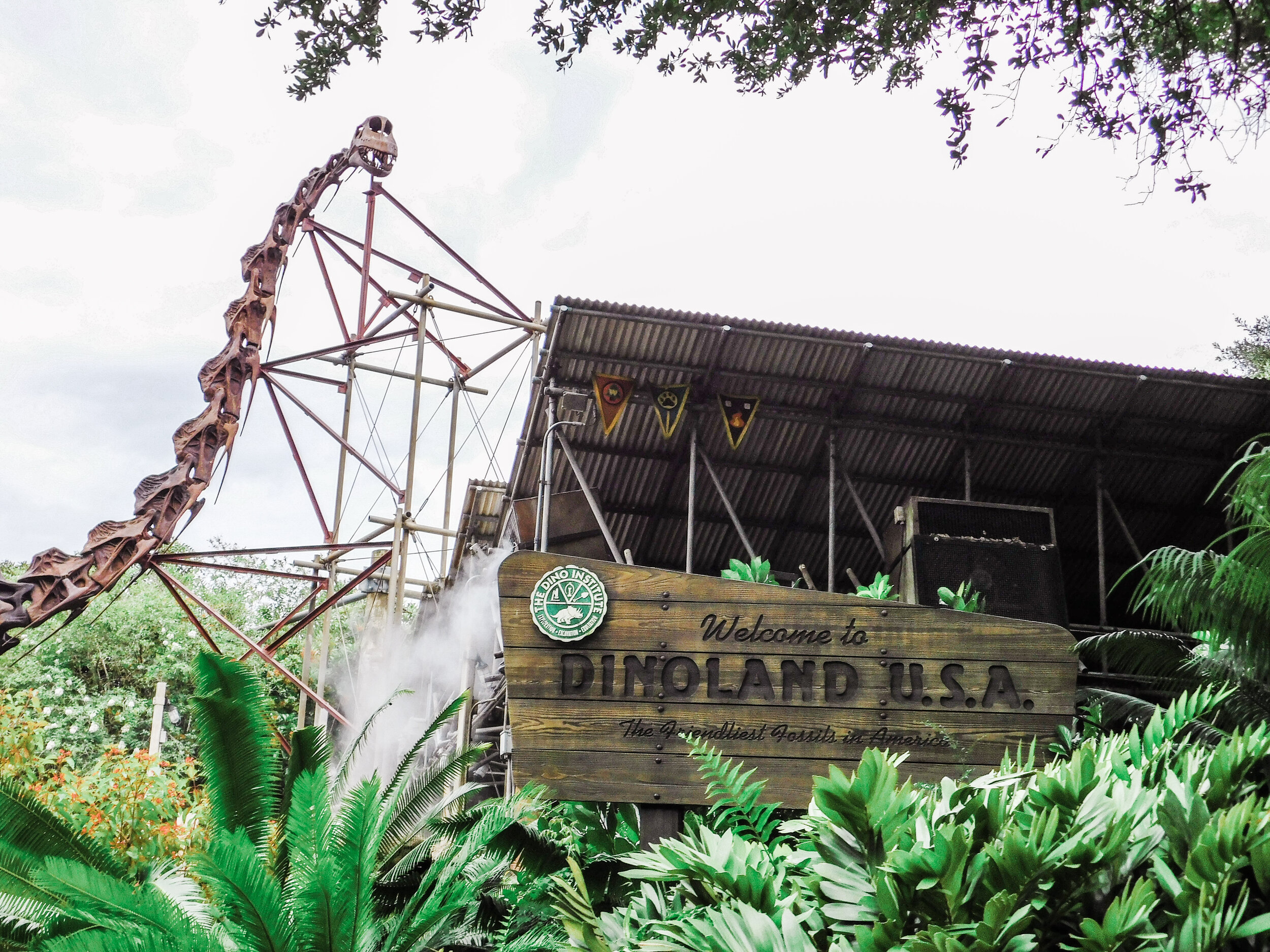
Paleontology
What kid is not fascinated by Dinosaurs? As you enter Dinoland U.S.A in Animal Kingdom, you’re greeted by a 50-foot fall skeleton of a Brachiosaurus that spans the Oldengate Bridge. When exploring The Boneyard not only can you learn about fossils, they even have an interactive dinosaur dig-site playground. The queue at the Dinosaur attraction is truly one of the most educational places on property – I mean an attraction with Bill Nye the Science Guy – what is more educational than that?!? Before you board your time rover to journey back to the time of the Dinosaurs, you can learn all about the interesting creatures and their extinction.
Literature
So many of the movies that have inspired Walt Disney World attractions were inspired by historic works of literature. An incredible learning experience would be to read Peter Pan, Alice in Wonderland, Tom Sawyer, or the many others options and then watch the movie. After you ride the attraction dissect how each of the mediums presents the story in a distinct way.
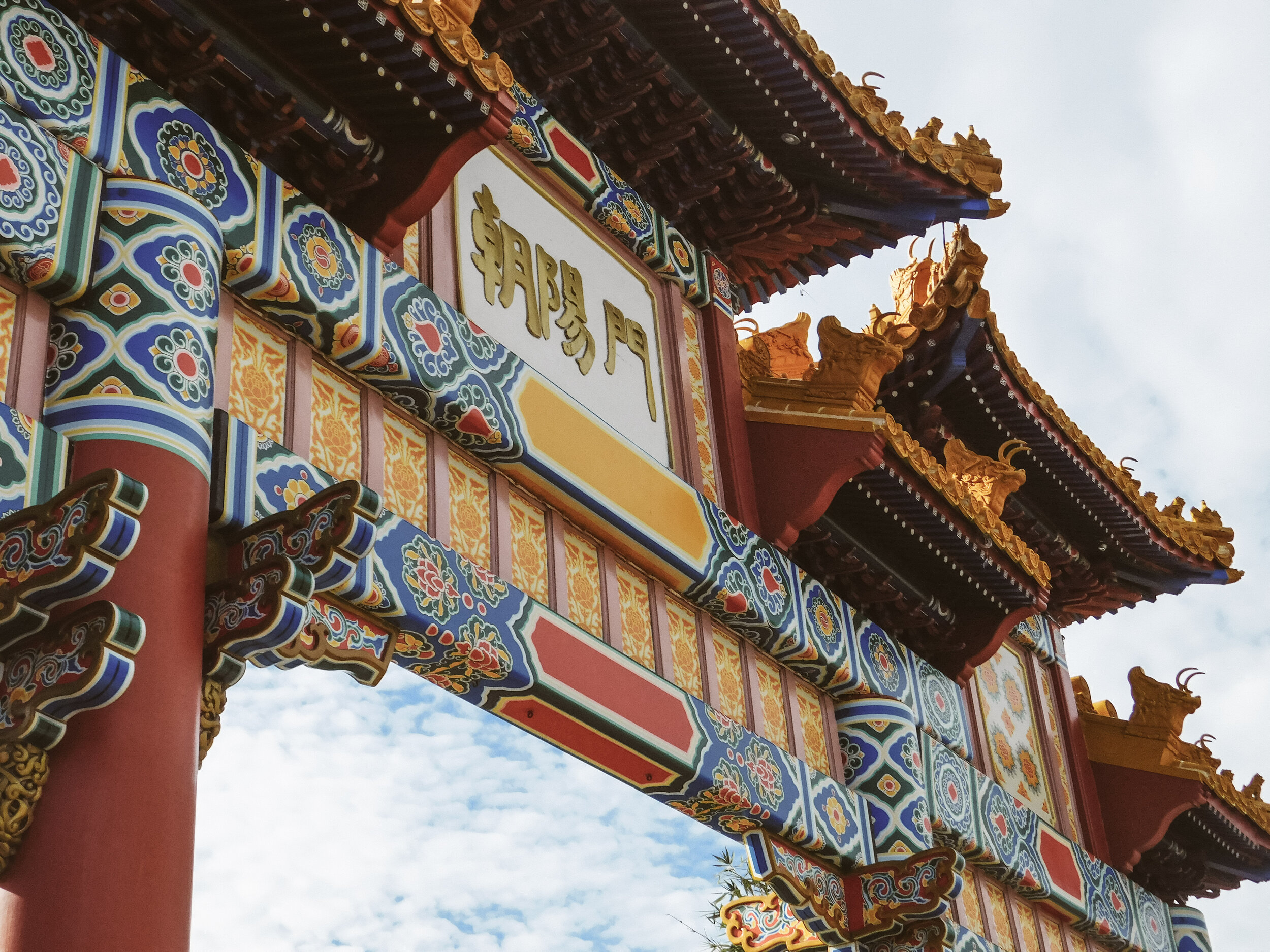
Cultural Diversity
The educational opportunities provided by the World Showcase in EPCOT are endless. My visits here as a child inspired my love of learning about different cultures and eventually traveling there to experience them myself. Developing this cultural curiosity gives children the ability to deeper understand other people’s way of life and become open-minded from a young age of differences around the world. The World Showcase is much more than eating and shopping, many of the pavilions have exhibits that share an important aspect of each culture and their history.
Visit the Bijutsu-kan Gallery located at the Japan Pavilion where you can delve into the origin and evolution of kawaii – Japan’s “cute” culture. You can journey through ancient and modern China while watching a 14 minute Circle Vision film in the China Pavilion or stroll through an exhibit in the Stave Church at the Norway Pavilion showcasing how the culture of the country influenced Disney’s Frozen. Many of these cultural education opportunities can be easy to miss if you are not looking for them. My favorite is the Gallery of Arts and History in the Morocco pavilion where you can uncover the mystique of Morocco through the unique designs of time-honored crafts.
Have questions about a specific country? Cast Members wearing the national costume in the country’s pavilion are either originally from or a dual citizen of that country. They are happy to share anything you may want to know about their culture or living in their home country.
Marine Biology
At The Seas with Nemo & Friends, in EPCOT, you can join the characters of Finding Nemo on an underwater journey. After the undersea adventure, you can surround yourself with thousands of real sea creatures at the Undersea Observation Deck at Sea Base. At the Sea Base, children of all ages observe sea turtles, angelfish, dolphins, rays, sharks, and many more creatures that live in the 5.7 million gallon aquarium. The Caribbean Coral Reef Aquarium is the largest man-made ocean environment in the world and is home to over 4,000 sea creatures representing over 60 species. You can learn all about the fish that call the sea home from a variety of Cast Members that work there. If you want to get really hands on be sure to check out Disney’s Typhoon Lagoon water park where they offer snorkeling with stingrays.
Conservation
Between the Conservation Station, Habitat Habit!, and Affection Section there are plenty of informative wildlife experiences for your child at Rafiki’s Planet Watch. Here they can learn about conservatism, environmentalism, biology, and much more. Many of these experiences create a hands-on learning environment that a classroom could never replicate.
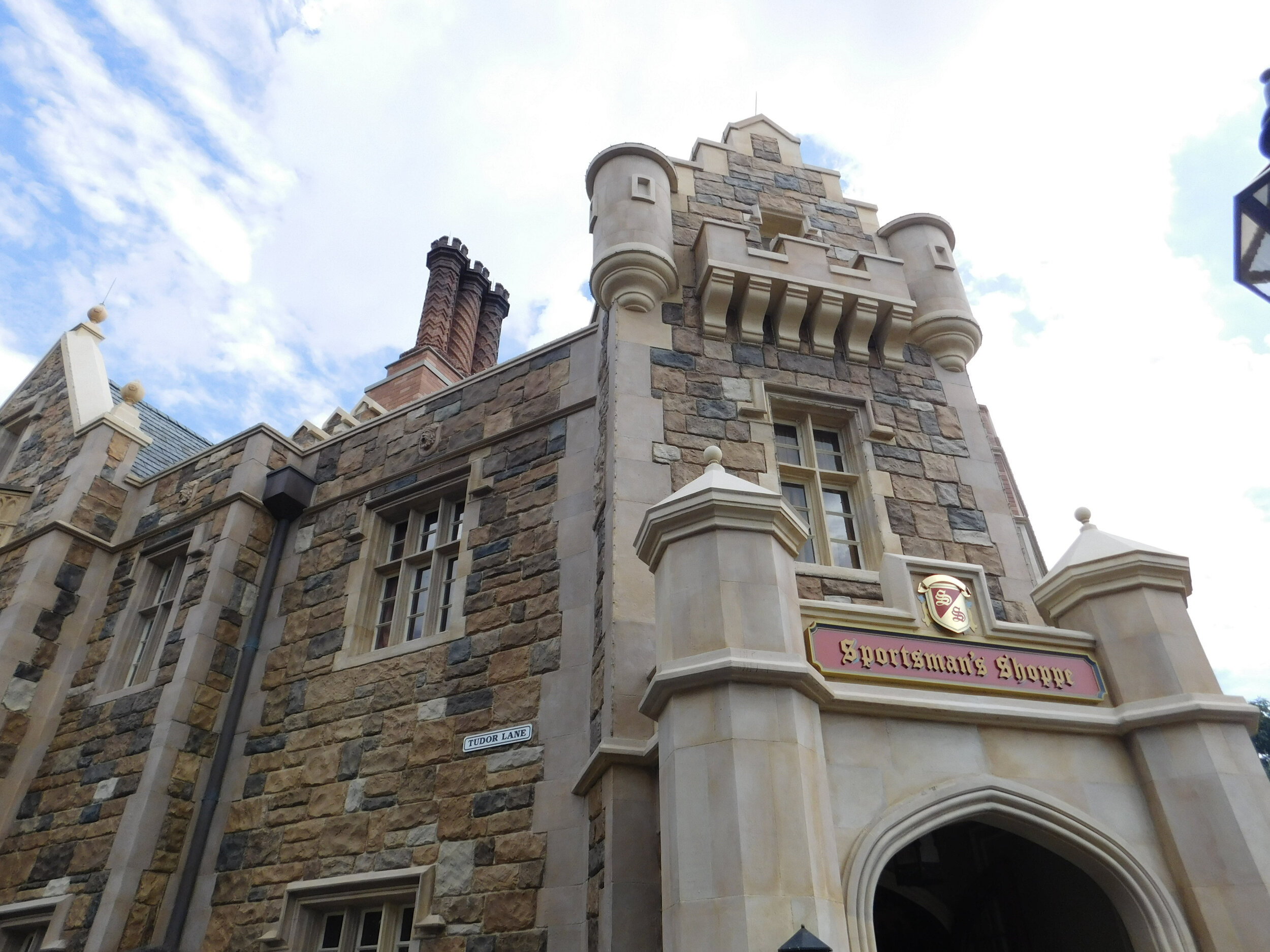
Architecture
One of my favorite things to study at Walt Disney World, even as an adult is the architecture. It wouldn’t be a perfect day in Disney if I couldn’t go to Epcot and see the 11 different countries’ architecture that made me fall in love with travel in the first place.Obviously, theme park architecture is as the name implies — thematic. Borrowing popular motifs from history and fairy tales, theme park buildings are designed to tell a story. For example, it’s well known that the romantic Neuschwanstein Castle in Germany inspired Disneyland’s Sleeping Beauty Castle in Southern California.
The difference in architecture through the countries of the World Showcase is astounding, but what fascinates me are the little nuances throughout each park, particularly in Fantasyland (Magic Kingdom.) As you enter Fantasyland through the castle, you will find the subtle differences in each building based on the origin of the fairytale. Whether it is Italian accents at Pinnochios’ Village House or English charm at Peter Pan’s flight, the attention to detail by Disney is simply astounding. As you transition from Fantasyland into Liberty Square at Columbia Harbour House notice how the details shift from European to Colonial as you enter a new section of the park.
I also love the progression of architecture in the UK Pavilion (EPCOT). Each structure represents a different era in British history, but the facades are so skillfully crafted that the transition from one to another is seamless. Start your visit with The Tea Caddy, this structure was inspired by the childhood home of Anne Hathaway, the wife of William Shakespeare. This style of architecture was common in the 1500’s and features half-timbered walls and a thatched style roof. The Queen’s Table is housed within buildings representing Elizabethan architecture prevalent in the 1600’s. This architectural style was named for Queen Elizabeth I and is noted for having gable barge boards, diamond-shaped wooden moldings, trefoils, clovers, and chevrons. Across the street is the Crown and Crest shop. Notice how the second story overhangs the first floor. In the 1600’s, taxes were based on ground-floor square footage so the resourceful folk of the time built larger upper floors to increase living space without increasing taxes. The Crown and Crest shop spills over into the large stone structure next door. This building was modeled after Sir Walter Scott’s Abbotsford Manor. Towards the back of the street the road opens up to EPCOT’s very scaled down version of Hyde Park with a regency style stately manor. This is home to the Lord’s and Lady’s shop. Opposite the gazebo are Late Georgian row houses which were inspired by the homes of Belgrave and Bedford Squares in London. Row houses originated in Great Britain in the late 17th century and are characterized by mirrored homes with a shared wall. My favorite homage to a landmark is back at the front of the pavilion with a replica of Hampton Court, a castle used by King Henry VIII located at Richmond upon Thames, Greater London.
I told you this was my favorite thing to study!! Talk about getting carried away. I could have made this it’s own blog post and I barely hit the tip of the iceberg!!
If you want even more information there are some incredible books about the Art of Disney’s Architecture in case you want to read up a little before you go.
Astronomy
There is an entire attraction sponsored by NASA where you are put into a training environment that simulates a space launch. The queue simulates the International Space Training Center mission control. As you launch, everyone in the group will be assigned an important, interactive mission role: navigator, pilot, commander, or engineer. After experiencing the incredible forces from lift-off to landing, you can visit the Advanced Training Lab where you can further your astronaut training in an interactive play area for all ages.
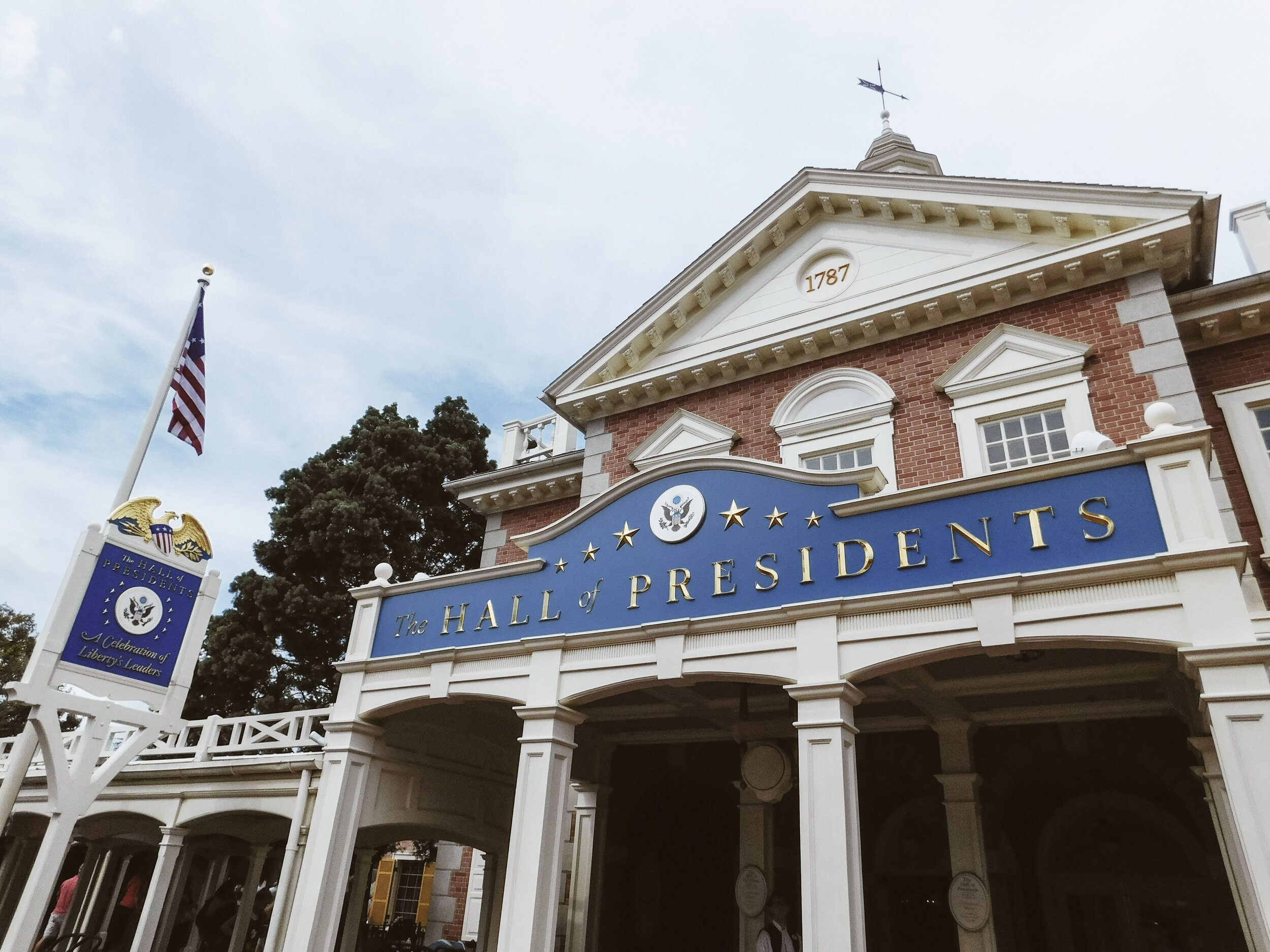
Political Science
Last but certainly not least, in Magic Kingdom’s Liberty Square you will find the Hall of Presidents. This is a great stop for the child interested in political science and American history. The building is modeled after Independence Hall in Philadelphia, Pennsylvania, and inside all 45 US Presidents are preserved in audio-animatronic form. A new figure has been added each time we elect a President.
The building houses an authentic collection of presidential artifacts including George Washington’s dental instruments and Abraham Lincoln’s leather portfolio. There is also a film discussing the origins of our country, the forming of the Constitution, and the struggles and successes we’ve faced along the way including the Civil War and the American Revolution. It is extremely high level but a great primer for children.
Even though that was the last lesson I covered in this post it is not even close to the last lesson you can learn in Walt Disney World. In fact I created a guide with 10 ways (unsure of guide name)
WANT TO TEACH YOUR KIDS ALL OF THE EDUCATIONAL LESSON DISNEY OFFERS FROM THE COMFORT OF HOME?
Don’t worry I’ve got you covered! Having been stuck at home since spring everyone is running out of ideas on how to keep their children entertained. Download my 10 Walt Disney World Inspired Lessons at Home Guide to spruce up your regular routine and add a little magic into your child’s life right at home.
Discover more of Walt Disney World:
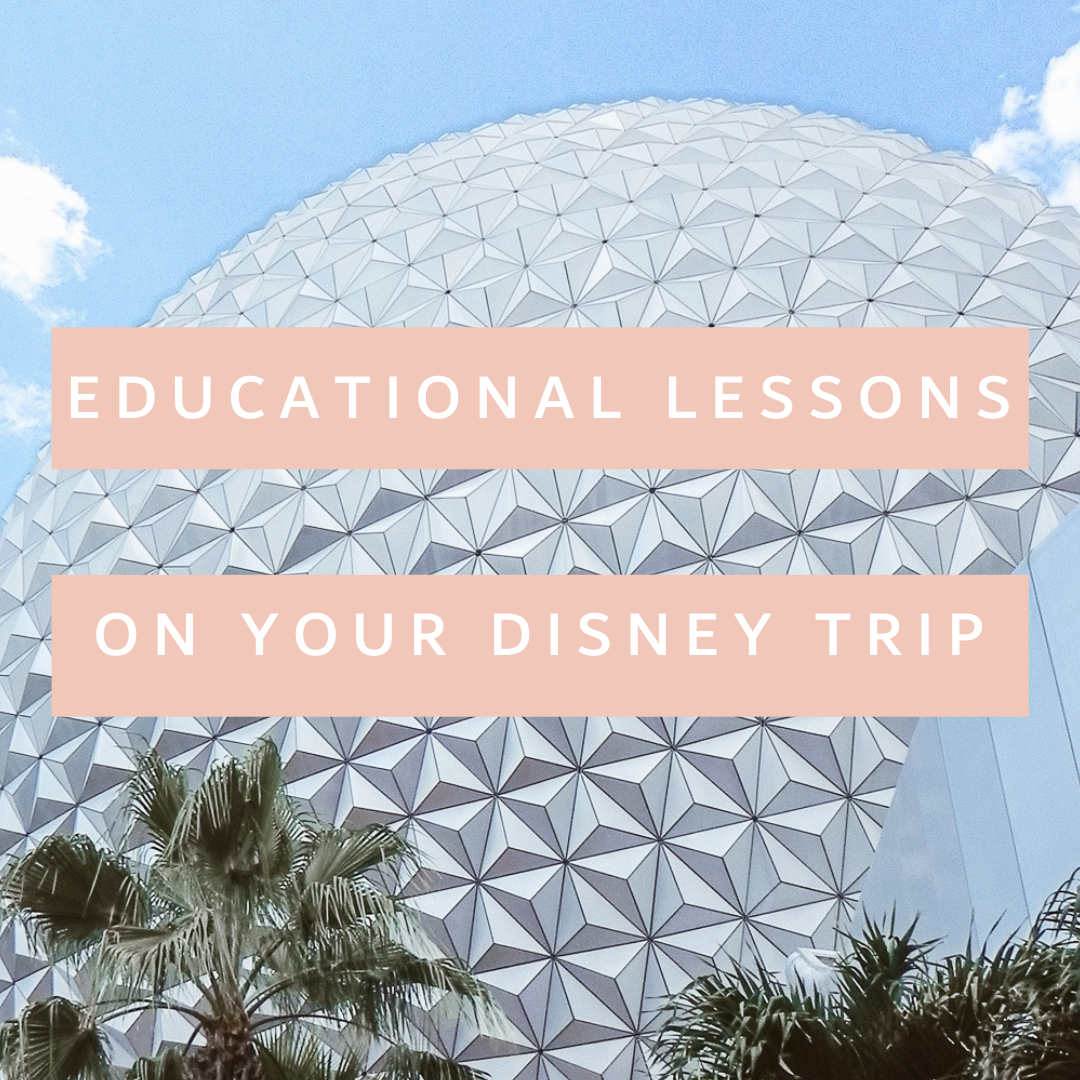
Showcase the World is a participant in the Amazon Services LLC associates program, an affiliate advertising program designed to provide a means for sites to earn advertising fees by advertising and linking to amazon.com. Showcase the World also participates in other affiliate programs and may earn a commission for purchases made through links on this site.